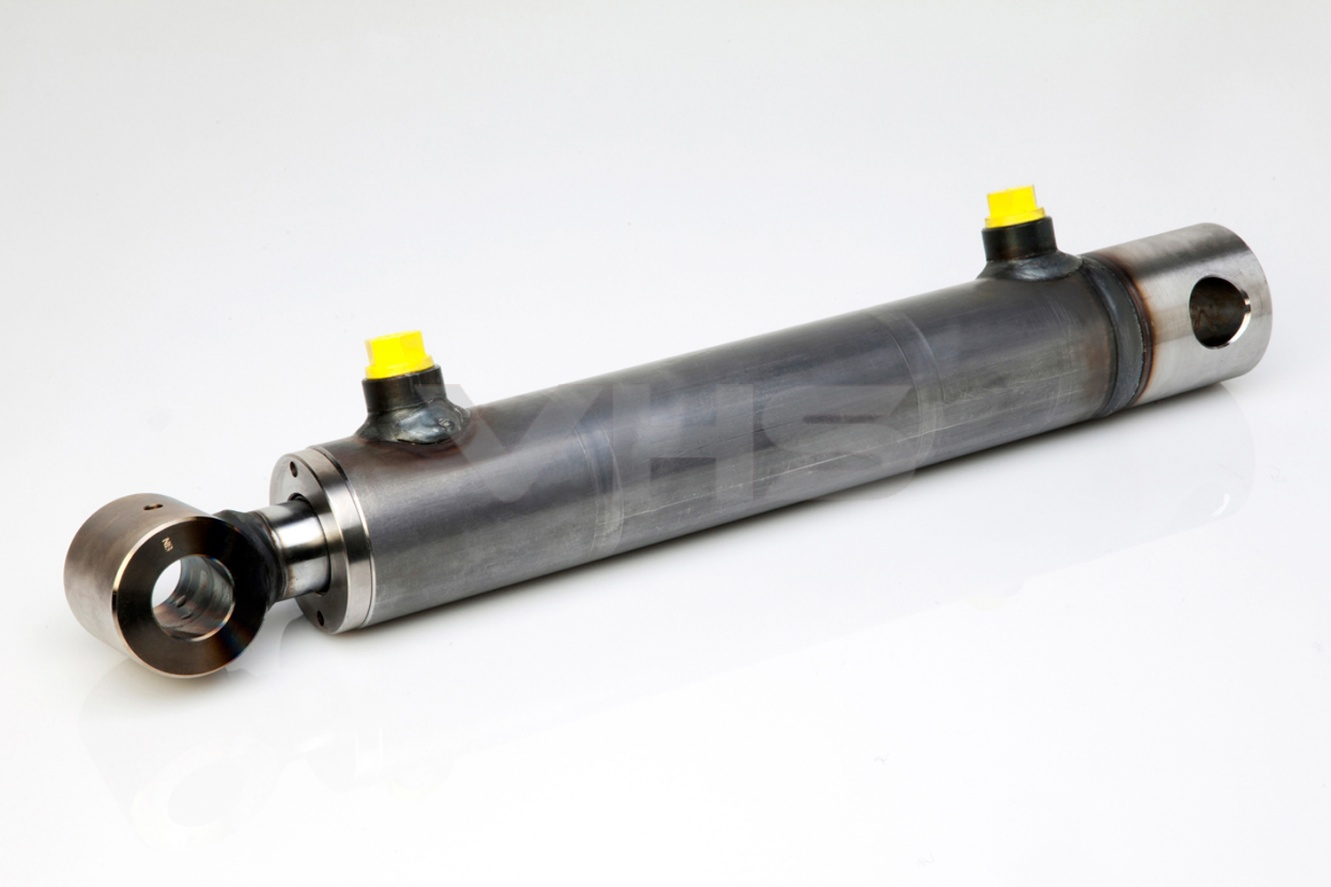A double-acting cylinder is a hydraulic or pneumatic actuator that pushes force in two directions—both extending and retracting. Unlike a single-acting cylinder that only applies force in one direction and needs an external force for the return stroke, a double-acting cylinder employs pressurized fluid on both sides of the piston. Complicated parts in many industrial applications, its design allows for controlled, efficient and adaptable motion.
A Piston oscillates back and forth inside of a sealed cylindrical casing is the main component of the double-acting cylinder. Fluid alternates into either side of the piston, as a result of creating pressure which forces it to move in either direction. Crucial in automation and heavy-duty systems, this dual-force mechanism produces steady, repetitive motion.
Industrial Applications of Double-Acting Cylinders: A Flexible Workhorse
Double acting cylinder are typically utilized by industrial equipment, automation systems, agricultural and construction machinery. They are employed whenever there is a need for exact linear motion in two dimensions. For example, in robotic arms, presses, clamps, and lifting equipment, the capacity to deliver regulated force in both directions improves performance and safety.
Double-acting cylinders in manufacturing lines provide uniform and sealed motion to actions such as pressing, pulling, lifting, as well as loading. In operations requiring residual motion, where honesty and precision contain, adequately useful. These designs are designed so as to minimize wear within many cycles, thereby eliminating the need for more downtime and also lower maintenance.
How the Double-Acting Cylinder Increases Production and Efficiency
The main merit of double-blind cylinder is that it can remove weights in both directions using hydraulic or pneumatic power. Especially for more complex units that require more than just simple push or pull, Bimba’s bidirectional cut to length splendidly increases production efficiency.
For example, double-acting cylinders eliminate the necessity of regular manual resetting or conventions return mechanisms in configurations where automation is established. Pressure oil makes the cylinder piston moving backward automatically, thereby saving time and speeding up and rationalising processes. Therefore, equipment powered by these cylinders might be able to carry out tasks sooner, thus making the whole production faster.
Main Advantages of Using a Double-Acting Cylinder in Modern Machinery
Several good arguments exist for including a double-acting cylinder in industrial machinery:
Bidirectional control lets you control movement in both directions, hence enhancing operational flexibility.
- Increased Efficiency: Lowers the demand for external pressures for retraction of springs and other auxiliary devices.
- Precision and Dependability: Ideal for uses needing precision, it provides a constant force on both strokes.
Ideal for systems with constrained areas, it does two activities inside a small footprint.
- Affordable Maintenance: It provides endurance and fewer maintenance demands as it has fewer moving components than sophisticated mechanical systems.
The benefits of double-acting cylinder make it usual to fields of automotive manufacturing, packaging, mining and aerospace.
Working Principle of Double Acting Cylinder: A Closer Examination of the Mechanics
The piston and the two fluid ports are at the core of a double acting cylinder. Fluid entering the first port causes the piston to move in one direction. When the flow is reversed and directed at the second port, the piston is moved backward. Normally, this alternating pressure is directed by a directional control valve by governing the flow and if effectful operation.
For applications needing back-and-forth movement under load, the double-acting cylinder is perfect according to this concept. It may run in any orientation—horizontal, vertical, or even upside down as it doesn’t depend on gravity or external force for retraction.
Why Selecting a Double-Acting Cylinder Is a Wise Long-Term Operation Investment
For companies wanting to modernize or simplify their equipment, the double-acting cylinder offers a long-term, affordable answer. Its adaptability and longevity together imply fewer replacements and fewer running expenses over time. Custom building for different stroke lengths, bore diameters, and pressure ratings also makes it appropriate for almost any job calling for dual-directional movement.
Conclusion
Providing improved control, accuracy, and efficiency, the double-acting cylinder is a key component of contemporary equipment. Its dual-action capacity streamlines operations and increases production with uses ranging from automated manufacturing to heavy-duty industrial equipment. Visit hydraulic-cylinders.net to find out more about how double-acting cylinders might enhance your systems.

